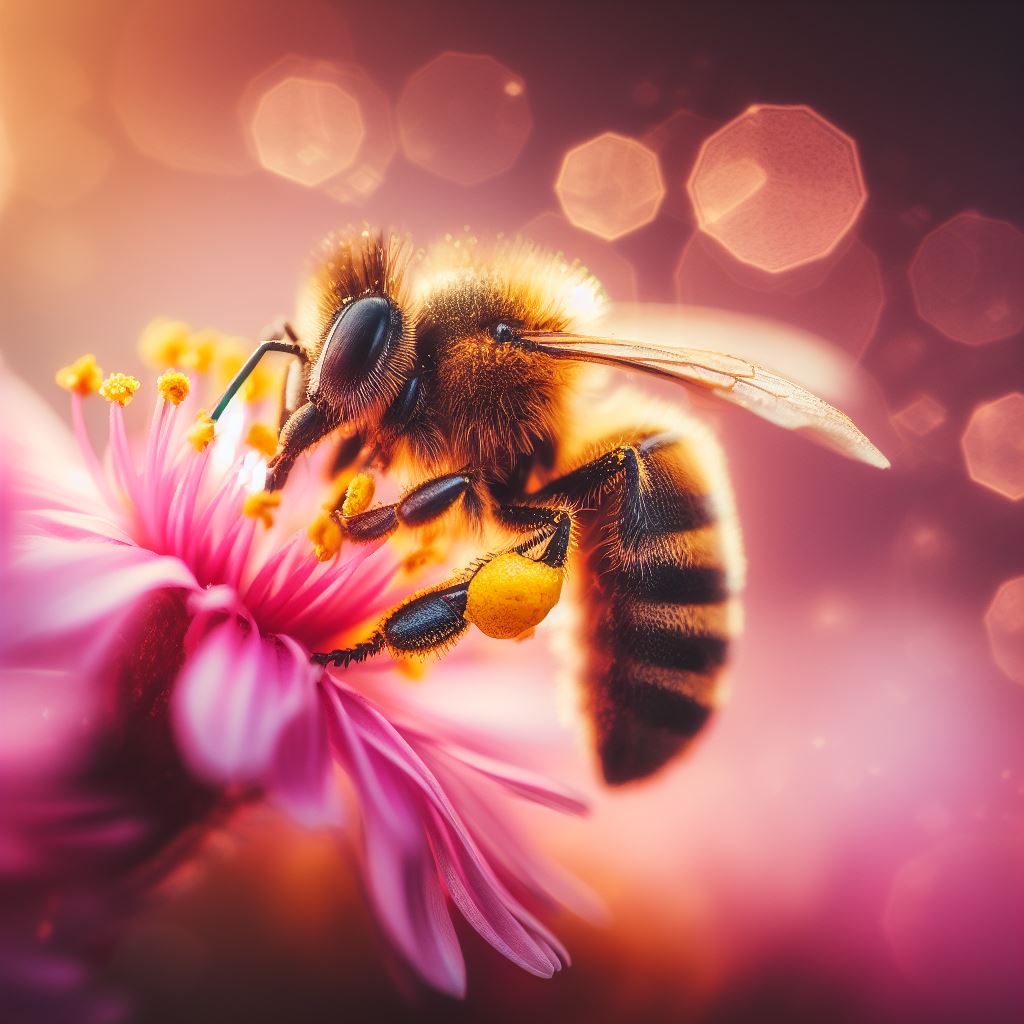The Ancient Practice with a Modern Twist
The ancient world had remedies that modern science is only now beginning to understand. Among them, Bee Venom Therapy (BVT) stands out with a particularly sharp edge. Despite its sting, BVT is buzzing with potential in contemporary alternative medicine circles. But what exactly is this intriguing practice, and why has it created such a buzz?

Understanding Bee Venom Therapy
Bee venom therapy is not as simple as receiving stings from bees. This therapeutic practice involves administering bee venom through stings or injections at specific points on the body, akin to acupuncture points. The venom is a complex cocktail of biologically active compounds, including melittin, apamin, adolapin, and a variety of enzymes that are believed to have pharmacological effects.
What’s in a Sting? The Compounds of Bee Venom
The primary compound in bee venom, melittin, may act as an anti-inflammatory agent significantly stronger than hydrocortisone. Apamin and adolapin also contribute to anti-inflammatory action, while other components have been found to have analgesic properties, anti-arthritis effects, and even possible benefits in treating autoimmune diseases and skin conditions like eczema and psoriasis.
The Reported Benefits: From Pain to Pathogens
Bees and their products have been used as alternatives to modern drugs for many years and advocates of BVT list a swarm of conditions that bee venom can supposedly alleviate:
- Rheumatoid arthritis
- Multiple sclerosis
- Lyme disease
- Chronic pain
- Certain skin conditions
Furthermore, recent research hints at its antibacterial and antiviral potentials, including possible actions against HIV. The venom’s ability to modulate the immune system and reduce inflammation could make it a valuable tool in the treatment of chronic inflammatory and autoimmune disorders.
Clinical Evidence and the Sting of Skepticism
While anecdotal evidence abounds, clinical research into BVT is still in its nectar stage. A few small studies have shown promise, but the medical community calls for more rigorous, large-scale trials to validate these findings. Skeptics highlight the risk of anaphylactic reactions in allergic individuals and the absence of standardized dosing protocols, urging caution and thorough patient evaluation.
How Bee Venom Therapy is Administered
BVT can be administered in several ways:
- Live Bee Stings: Direct application of bee stings to the affected area or acupuncture points.
- Venom Injections: Injecting purified bee venom under the skin or into muscle tissues.
- Venom Extracts: Applying creams or ointments that contain bee venom components.
Each method has its proponents, and the choice often depends on the practitioner’s experience and the patient’s condition and preferences.

